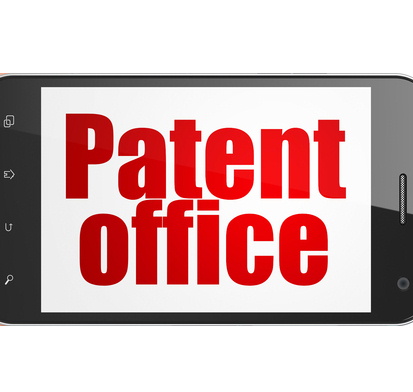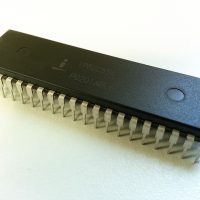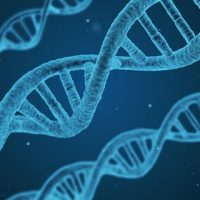Japan Patent Office publishes the Examination Guidelines regarding use application (i.e., "for use in...").
The parts related to a medical device are as follows. Based on the guidelines, an examiner does not interpret the limitation of "for use in..." to specify the product in medical device claims.
Examination Guidelines for Patent and Utility Model in Japan
Part III Chapter 2 Section 4 Claims Including Specific Expressions
...(omitted)
3. Expression Specifying the Product by its Use Application (Limitation of Use)
3.1 Specifying claimed invention
If there is an expression specifying the product by use application such as "for use in ..." (the limitation of use application) in a claim, the examiner should take into consideration the description and drawings as well as the common general knowledge at the time of filing in interpreting what the limitation of use means as a claimed element.
3.1.1 Basic ideas in cases where there is limitation of use application
If the product with limitation of use means the product specifically suitable for its use, the examiner recognizes that the product has a shape, structure or composition, etc. (hereinafter simply referred to as "structure, etc." in 3.) that the limitation of use means (See Examples 1 and 2). The case where “the product with limitation of use means the product specifically suitable for the use application” is the case where the meaning of the limitation of use application is interpreted as the structure, etc. specifically suitable for the use application in consideration of the description and drawings as well as the common general knowledge at the time of filing.
On the other hand, if the product with limitation of use application does not mean the product specifically suitable for the use application, except for the use application of 3.1.2, the examiner should not interpret the limitation of use application to specify the product.
...(omitted)
3.1.2 Cases where an invention of a product with limitation of use application should be interpreted as a use invention
A use invention is defined as the invention based on (i) discovering an unknown attribute of a product and (ii) finding out that the product is suitable for a novel use application because of such an attribute. The following ideas on the use invention are generally applied to the technical fields (Example: a technical field for use of a composition including chemical substances) where it is relatively difficult to know how to use the product based on the structure or name of the product.
(1) Cases where claimed invention is considered to be a use invention
In these cases, the examiner recognizes that the limitation of use application has a role in specifying the claimed invention, and specifies the claimed invention in consideration of the limitation of use application.
...(omitted)
(2) Cases where claimed invention is not considered to be use invention though there is a limitation of use application in a claim
Where the claimed invention is not considered to provide a novel use as the use of the product in consideration of the common general knowledge in the field at the time of filing, the invention does not fall under the category of use invention even if an unknown attribute was discovered. The examiner specifies the claimed invention with the understanding that the limitation of use does not have a role in specifying the claimed invention. The same applies to the case where the use of the claimed invention and prior art are not distinguishable from each other in consideration of the common general knowledge in the field at the time of filing even if they are different in their wordings.
...(omitted)
3.1.3 Cases where ideas described in 3.1.1 or 3.1.2 are not applied or generally not applied
(1) Compounds, Microorganisms Animals or Plants
The ideas described in 3.1.1 and 3.1.2 are not applied to a compound with the limitation of use such as an expression "for use in ..." (compound Z for use in Y). The examiner interprets such a compound as the compound itself without limitation of use application (compound Z) (Example). That is because such a limitation of use only indicates the utility of compounds in general. The same also applies to microorganisms, animals and plants.
Example: Compound Z for use in killing insects.
(Explanation)
The examiner interprets "compound Z for use in killing insects" as "compound Z" itself without limitation of use because the expression "for use in killing insects" only indicates the utility of the compounds in consideration of the statements of the description and drawings as well as the common general knowledge at the time of filing. However, the examiner does not interpret "insecticide comprising compound Z as a main ingredient" in the same way as described above.
(2) Machines, apparatuses, articles and instruments, etc.
The ideas on use invention described in 3.1.2 are generally not applied to machines, apparatuses, articles and instruments, etc., because the product and its use are inseparably connected with each other in general.
3.2 Determination of novelty
...(omitted)










